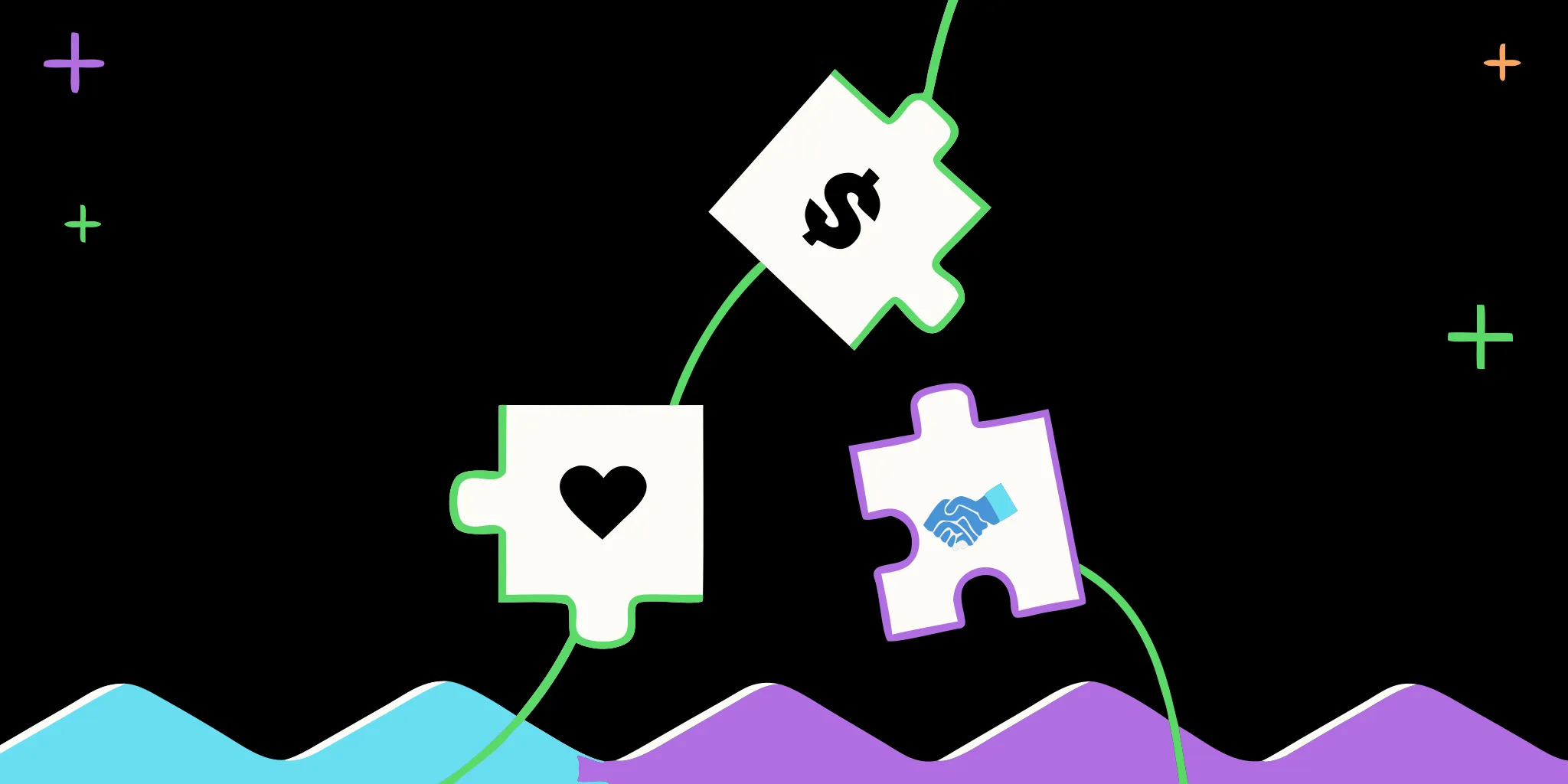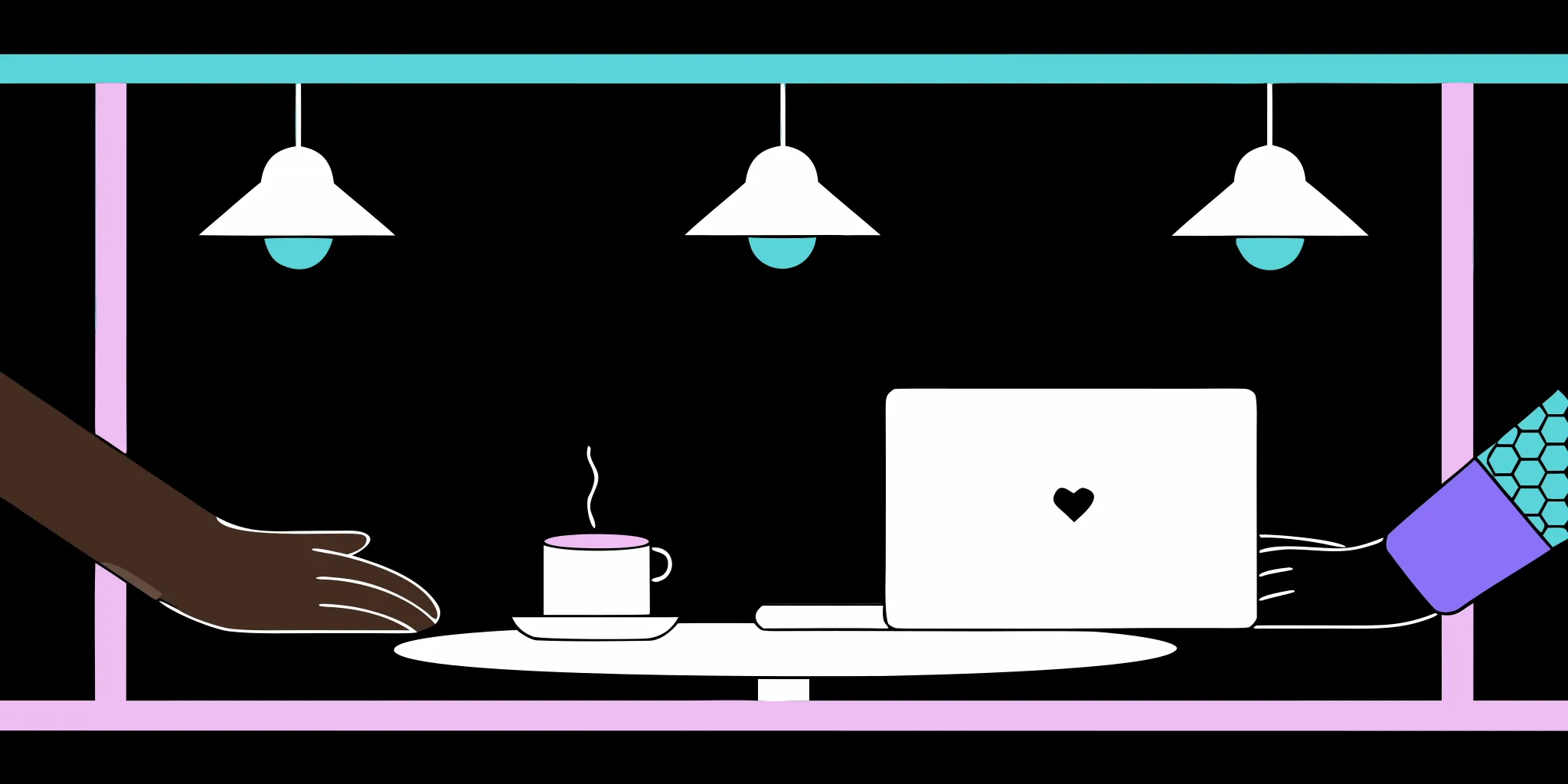
We sat down with Michelle Mueller from Wounded Warrior Project this month to discuss how Facebook Fundraisers transformed fundraising for WWP.

Michelle Mueller is an experienced digital strategist responsible for online fundraising at Wounded Warrior Project
(WWP). Michelle began her career with WWP in January 2015, focusing on the execution of email fundraising campaigns. She later became responsible for the complete digital direct response program and was promoted to Online Fundraising Manager. Michelle has worked to expand WWP’s digital presence through integrated campaigns in search engine marketing, social media, banner & video advertising, and email. She is passionate about furthering the WWP mission to honor and empower wounded warriors.
How did you come to work at your nonprofit?
I came from a for-profit company -- a center for kids with learning disabilities. I loved that it was mission-driven, so when I was ready to switch jobs I started looking into the nonprofit space. When I came across an email marketing job posting for Wounded Warrior Project, it felt like a great fit. My dad is a Vietnam veteran and I have a lot of friends who are vets, so I’ve always been a huge supporter of that work.
What’s the most meaningful thing to you about your nonprofit’s mission?
I love being able to give back to my generation of veterans so that they don’t go through what my father did. He didn’t have any physical injuries, but after service he disconnected from everyone he served with and refused to talk about his experiences. When he reconnected with them online years later and finally opened up, they were able to get him in touch with the resources he needed all along. It took him decades to get the government benefits he earned.
If there had been an organization like WWP back then, he could have gotten support much sooner.
What’s the most impactful thing you’ve done while working there?
I’ve had the opportunity to go on a couple of Soldier Rides. They’re adaptive cycling events where administrative and fundraising staff are able to participate with the warriors. It gives us the chance to interact with the people we impact. Having them thank me for what I do is always humbling. They're the ones who truly deserve to be thanked, but it reminds me that what we do really does save lives.
What’s been your experience with Facebook Fundraisers?
We were part of the beta testing for Facebook Fundraisers in 2015. It was great to be invited to try it, but Facebook didn’t give us any direction for how to grow it.
It didn’t have the customer service elements we were used to with other channels at WWP, where donors get instant emails that include thank-you messages and are put into stewardship channels to hear from us regularly.
But with Facebook, donors would call in saying, “I gave you $10 and never heard back. I wanted to make sure you got it.”
So we ended up hiring someone to write thank-you messages, download the transaction reports from Facebook, find unique fundraiser pages, and manually reach out. But even then, we were only contacting a small fraction of our fundraisers. Still, it was better than nothing.
What’s it done for your organization?
Facebook Fundraisers really started picking up at the end of 2017 and throughout 2018. What began as just a little extra revenue has now started outperforming some other channels.
More and more veterans reach out every day for our help. Having additional revenue means that we can serve more warriors and continue to evolve our programs to meet their needs.
What are the most meaningful insights you’ve gotten from Facebook Fundraisers?
It was interesting -- while we do get limited information from Facebook directly, we were able to discover that many of our fundraisers hadn’t even liked our page. So our brand recognition was strong enough that people who didn’t even follow us remembered us and chose to give.
We’ve been in the process of analyzing whether Facebook donors are brand new to WWP or existing donors giving in a new way. The vast majority are new. It’s helped us reach beyond our existing donor pool into new channels.
What do you see as the most challenging part about Facebook Fundraisers?
The reporting is frustrating: the daily transaction report with manual downloads; the complete mess of data. It took us a lot of time to sort out and filter into internal reports to allow us to better track trends, campaign values, and month-to-month changes. The lack of insights and traditional online metrics was a challenge for us.
How have you dealt with these challenges?
First we had to hire someone to manually post thank-yous. Then we created automated Excel sorting for transaction reports, found unique fundraiser pages, and posted thank-yous starting with the fundraisers that raised the most.
We worked to build an internal report, pulling all the data from the transaction report to get a better feel for the number of campaigns created, number of donors per campaign, and average page values. It took a lot of work to make the transaction reports insightful and useful.
We also worked with our donor care team to establish responses for people who reached out for support for their Facebook donations.
How has GoodUnited helped you face those challenges?
We were thrilled for the chance to work with GoodUnited -- it would let us reach fundraisers at scale and post thank-yous on every fundraiser page so donors and fundraisers alike would see that we were grateful for their efforts.
As an added bonus, the Messenger sequence gave us the ability to get information from the hosts like their first and last names so we can move them out of Facebook and into our database. That allowed us to reach them as part of our normal direct response efforts.
We were also able to understand who they are (veterans, caregivers, supporters, etc). We learned that most are supporters, not necessarily veterans and their families, and through that we’ve developed different ways of talking to them that are more relevant. Depending on who they are, we can send out different messages.
The service has paid for itself every single month. We’re excited to see if the new donor module gets us more contact information from donors. We don’t have a lot of data, but working with GoodUnited, we know we’ll get to test out lots of new strategies to find what works best.
It’s amazing to have technology that grows and works with us, instead of a prepackaged service. We’ve really appreciated how willing GoodUnited is to expand and make changes for us.


















